Nasa spots evidence of water plumes on Jupiter's moon Europa
Jets of spouting vapour from the icy shell could be tested for signs of life beyond Earth, say scientists
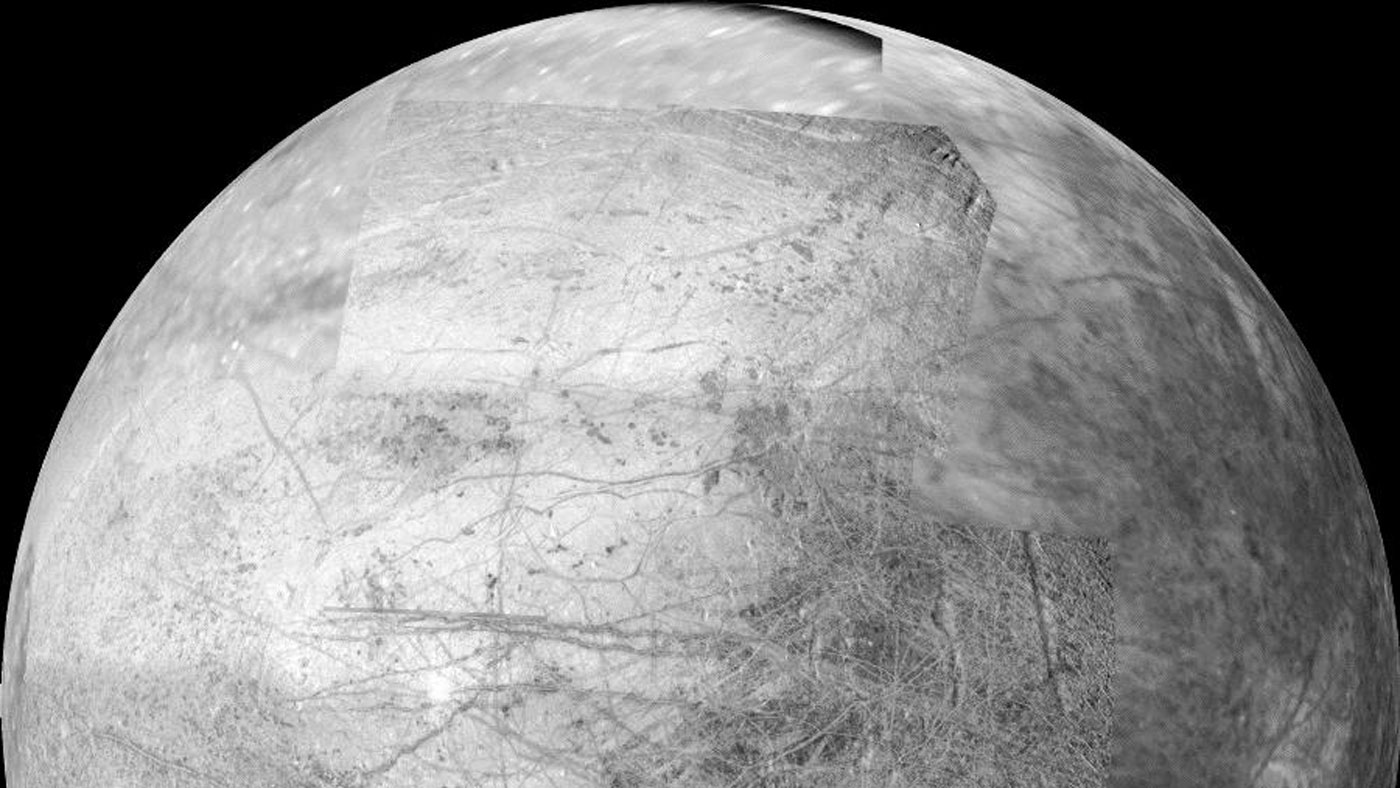
Jupiter's moon Europa may be expelling water plumes from under its icy shell, according to Nasa.
Tantalising evidence of what appeared to be spouting water vapour was spotted by scientists using ultraviolet light to observe the moon in silhouette, thanks to its planet serving as a bright light from behind.
"If plumes exist, this is an exciting find," said lead researcher William Sparks.
The Week
Escape your echo chamber. Get the facts behind the news, plus analysis from multiple perspectives.

Sign up for The Week's Free Newsletters
From our morning news briefing to a weekly Good News Newsletter, get the best of The Week delivered directly to your inbox.
From our morning news briefing to a weekly Good News Newsletter, get the best of The Week delivered directly to your inbox.
The discovery would make it easier for scientists to test samples of water for signs of life without drilling through miles of ice, he added.
If the moon does turn out to have water, energy and organic chemicals, it "could have the basic building blocks that developed into life on Earth", says The Guardian.
"For a long time humanity has been wondering whether there is life beyond Earth," said Nasa astrophysicist Paul Hertz. "We're lucky enough to live in an era where we can address questions like that scientifically.
"We have a special interest in any place that might possess those characteristics. Europa might be such a place."
A free daily email with the biggest news stories of the day – and the best features from TheWeek.com
However, scientist Jennifer Wiseman has downplayed the chances we could be about to find direct evidence of life with a flyby mission.
"The jury's out," she said. "It first depends on whether the plumes are really there."
Scientists' endeavours to gather clues of an ocean beneath Europa's icy shell started some decades ago. In 1979, Voyager spacecraft showed the ice was cracked in some places while in the 1990s, the Galileo mission, which spent eight years orbiting Jupiter, confirmed there was an ocean under the moon.
-
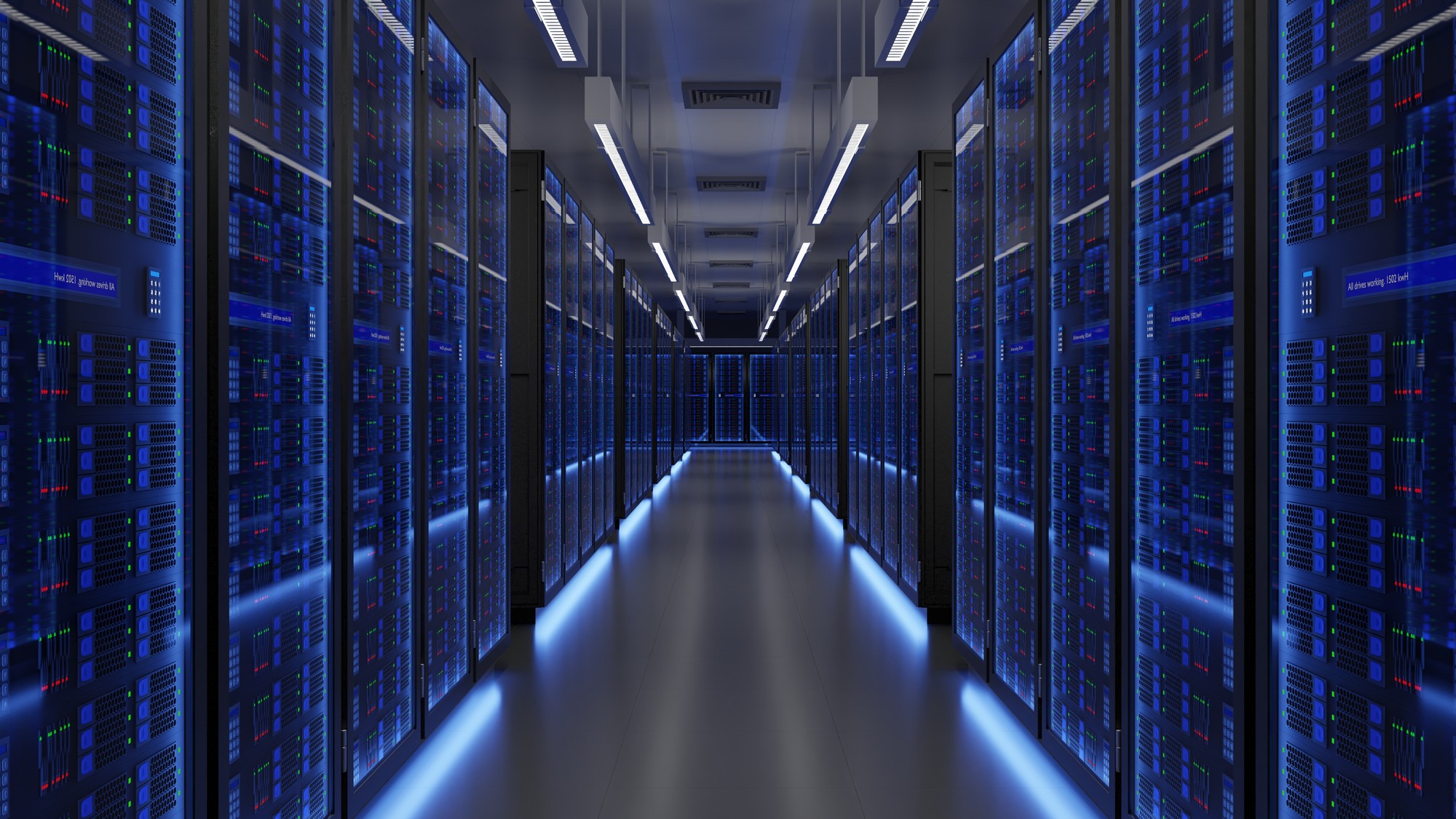 Most data centers are being built in the wrong climate
Most data centers are being built in the wrong climateThe explainer Data centers require substantial water and energy. But certain locations are more strained than others, mainly due to rising temperatures.
-
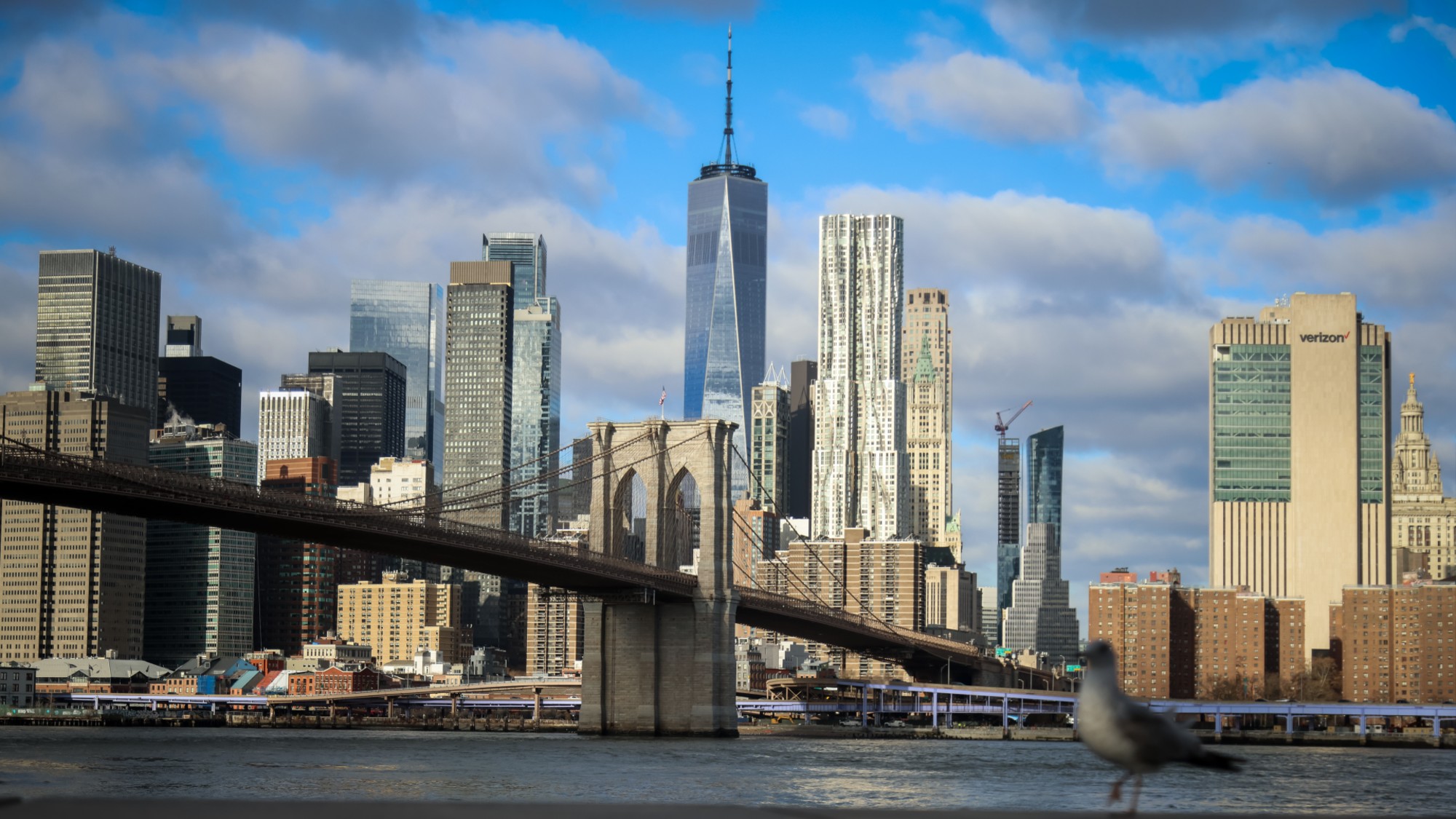 ‘Maps are the ideal metaphor for our models of what the world might be’
‘Maps are the ideal metaphor for our models of what the world might be’Instant Opinion Opinion, comment and editorials of the day
-
 What is China doing in Latin America?
What is China doing in Latin America?Today’s Big Question Beijing offers itself as an alternative to U.S. dominance
-
 The mysterious origin of a lemon-shaped exoplanet
The mysterious origin of a lemon-shaped exoplanetUnder the radar It may be made from a former star
-
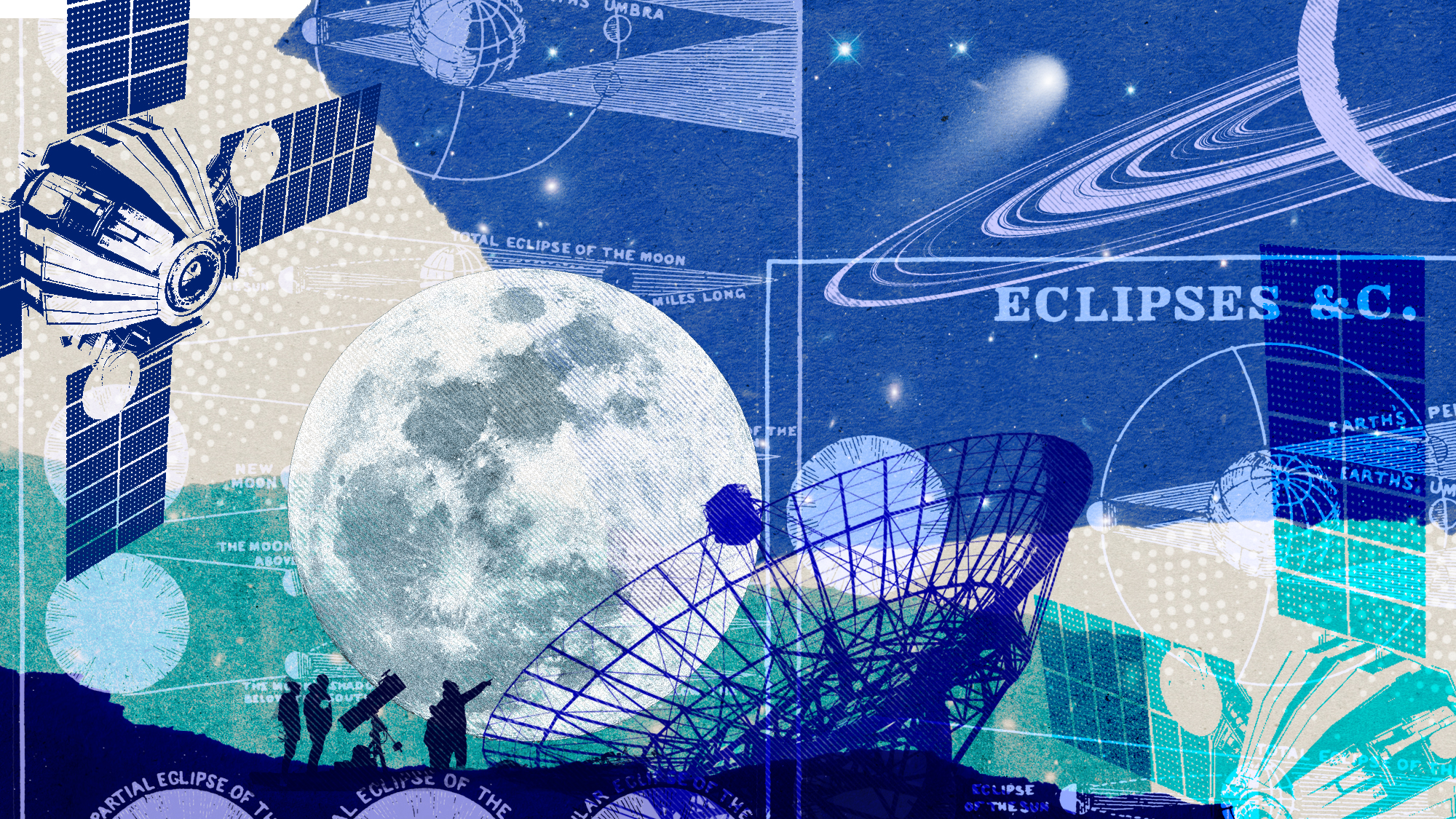 The 5 biggest astronomy stories of 2025
The 5 biggest astronomy stories of 2025In the spotlight From moons, to comets, to pop stars in orbit
-
 Blue Origin launches Mars probes in NASA debut
Blue Origin launches Mars probes in NASA debutSpeed Read The New Glenn rocket is carrying small twin spacecraft toward Mars as part of NASA’s Escapade mission
-
 ‘The Big Crunch’: why science is divided over the future of the universe
‘The Big Crunch’: why science is divided over the future of the universeThe Explainer New study upends the prevailing theory about dark matter and says it is weakening
-
 The moon is rusting
The moon is rustingUnder the radar The Earth is likely to blame
-
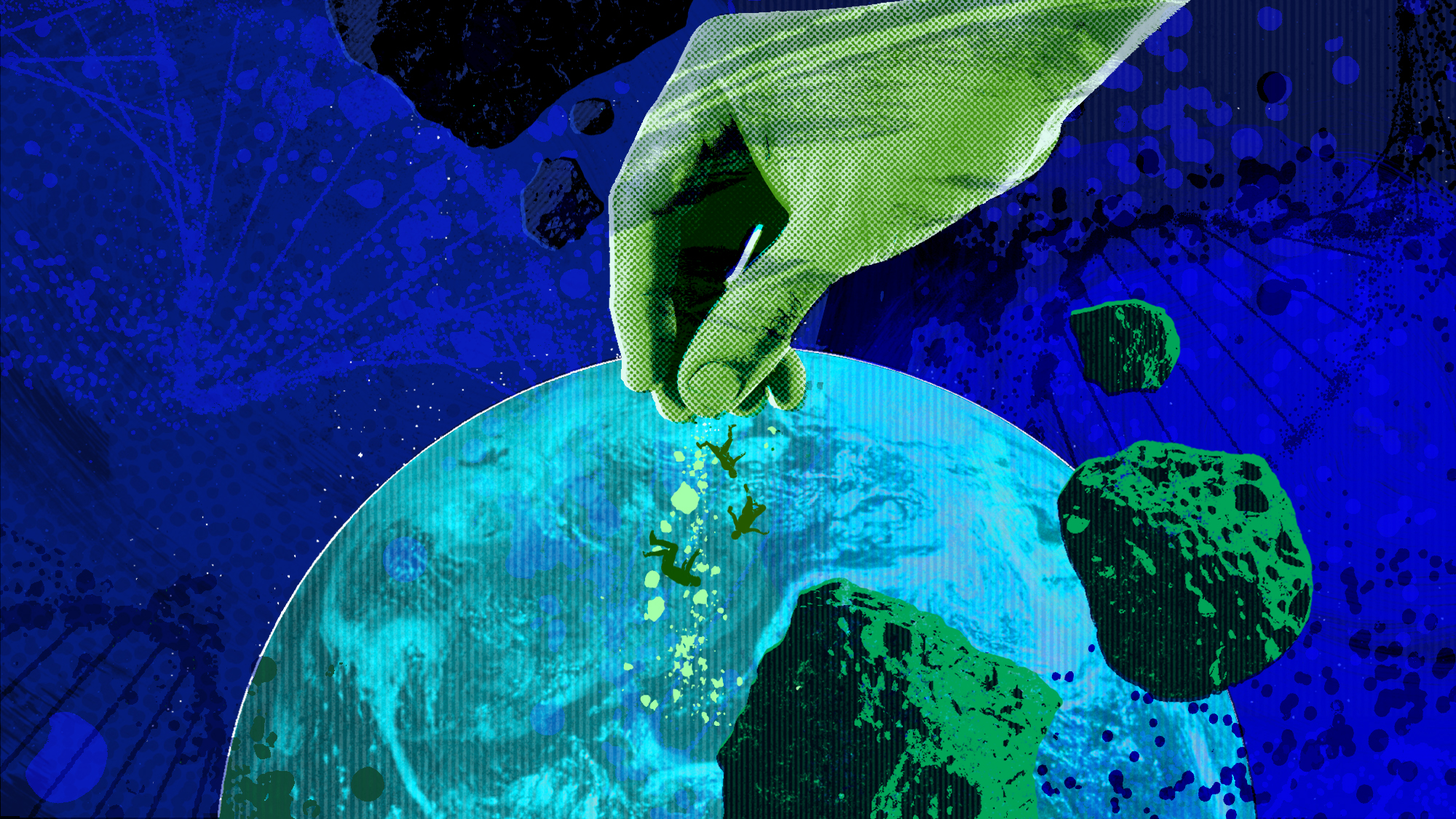 Panspermia: the theory that life was sent to Earth by aliens
Panspermia: the theory that life was sent to Earth by aliensUnder The Radar New findings have resurfaced an old, controversial idea
-
 Africa could become the next frontier for space programs
Africa could become the next frontier for space programsThe Explainer China and the US are both working on space applications for Africa
-
 NASA reveals ‘clearest sign of life’ on Mars yet
NASA reveals ‘clearest sign of life’ on Mars yetSpeed Read The evidence came in the form of a rock sample collected on the planet